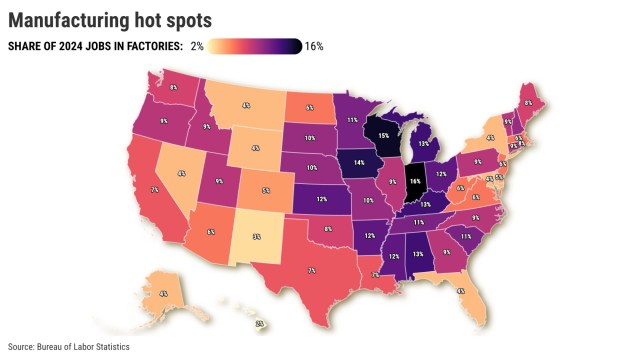Trade Tensions Loom: California's Manufacturing Powerhouse Braces for Uncertain Future

In a testament to its industrial strength, the state's manufacturing sector stood as a powerhouse in the national landscape, employing an impressive 1.25 million workers last year. This substantial workforce represented a remarkable 10% of the entire United States manufacturing employment, highlighting the region's critical role in the country's industrial ecosystem.
